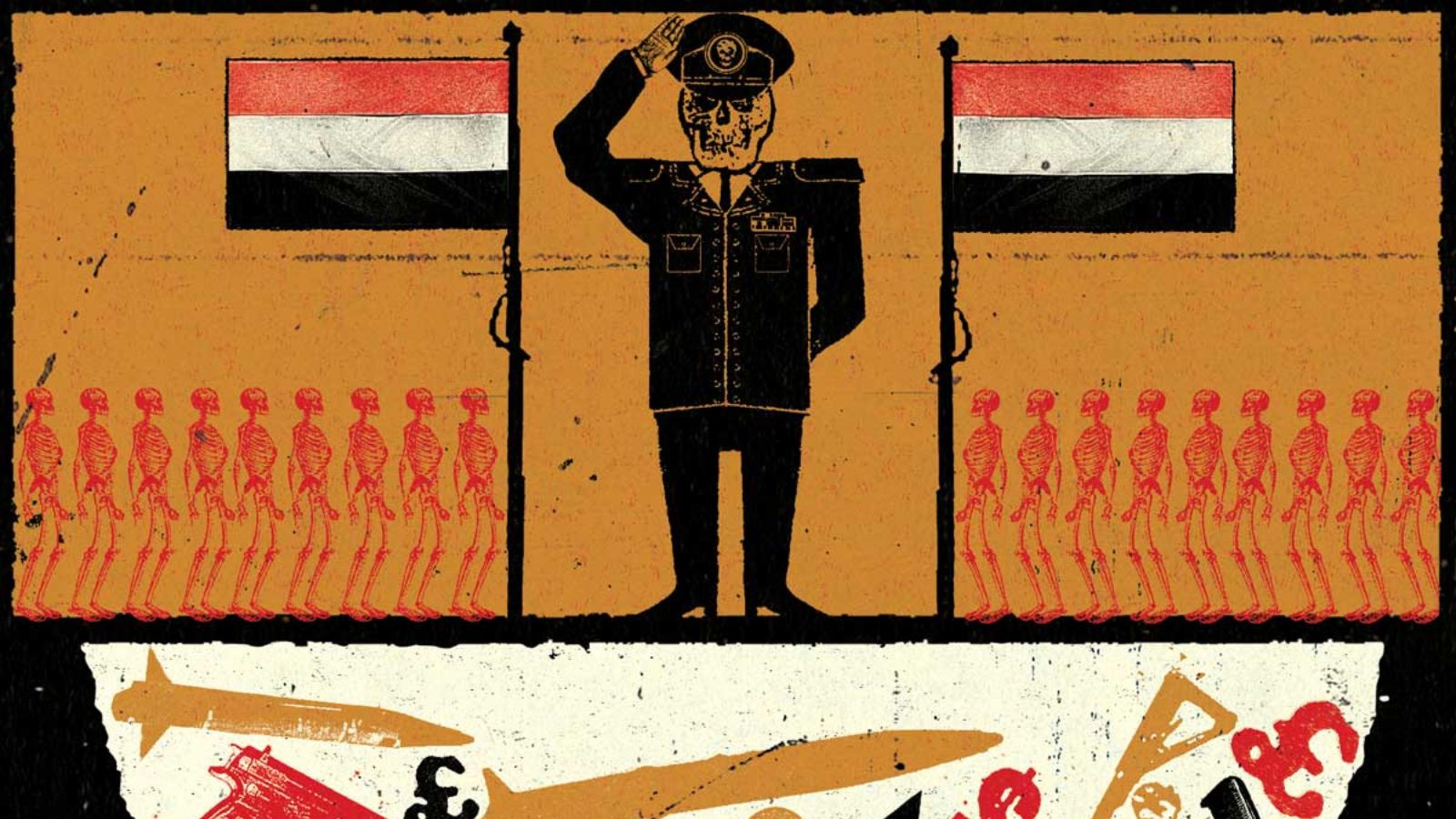The Yemeni Civil War is another intricate example of geopolitical complexities. Since 2015, the war has pitted Yemen’s government forces, led by President Hadi, against a mix of Houthi rebels and Yemeni security forces. The fight for the capital, Sana’a, has been brutal. After the Houthi-led overthrow of Hadi’s government, a Saudi-led coalition launched airstrikes against the rebels, causing many civilian deaths. By 2016, the UN estimated over 6,300 casualties.
The conflict has escalated further with additional players. Iran, which shares religious ties with the Houthis, is suspected of supplying them with weapons, fueling the regional rivalry with Saudi Arabia. Terrorist groups like ISIS and al-Qaeda have also found footholds in Yemen. The US, while targeting these groups, is allied with Saudi Arabia, creating tension due to the civilian casualties caused by Saudi airstrikes. The US provides intelligence and support to the pro-Hadi forces.
This web of internal and external actors makes the Yemeni Civil War a prime example of a balancing act in geopolitics. It’s a complex mix of a domestic power struggle intertwined with a regional proxy war between Saudi Arabia and Iran, fueled by religious and political differences. The various players – rebels, government forces, international coalitions, and even terrorist groups – have their motives, but their actions are also influenced by their alliances with others. For instance, the US involvement is primarily against ISIS and al-Qaeda, but their alliance with Saudi Arabia links them to the civilian casualties from Saudi bombings. The involvement of private military contractors like Blackwater adds another layer of complexity. In conclusion, each player’s motives are shaped by their individual goals and their relationships with other actors in the conflict.
Main Belligerents in the Yemeni Civil War:
● Hadi Government: This is the internationally recognized government led by President Hadi. They are based in Aden after fleeing the capital Sana’a from Houthi forces. Saudi Arabia intervenes militarily to support them.
● Houthis: The Houthis are a religious minority group (Zaydi Shia) that started as a cultural movement in the north. They turned into a militia fighting against the government and gained power by criticizing the UN-backed transition. They receive support from Iran and Hezbollah.
● Saleh loyalists: Former President Saleh initially sided with the Houthis against the Hadi government. However, the alliance was temporary, and Saleh was killed in 2017 for trying to switch sides. Some military and political figures remain loyal to Saleh.
● Al-Qaeda in the Arabian Peninsula (AQAP): AQAP is a terrorist organization that has been active in Yemen for years. They took advantage of the war to capture a city and launch attacks but were pushed back by Hadi forces. They remain a threat due to their ideology and tactics.
● Islamic State of Iraq and the Levant (ISIL): ISIL is a smaller terrorist group compared to AQAP, but they have also carried out attacks in Yemen. Their presence highlights the instability caused by the war.
● South Yemen Separatists: This is a political movement seeking independence for the former South Yemen. They mainly support the Hadi government for now.
Humanitarian Crisis
Years of conflict (since 2015) and political instability (since 2011) have caused a massive humanitarian crisis in Yemen. The UN Office for the Coordination of Humanitarian Affairs (OCHA) reports that over 16 million Yemenis, out of a population of 27 million, lack necessities. This includes food security, clean water, proper sanitation, and essential healthcare.
The lack of clean water has also fueled a cholera outbreak, affecting an estimated one million people. The conflict itself has resulted in nearly 9,000 deaths and over 50,000 injuries, according to official estimates. Millions have been displaced within Yemen (2 million) and abroad (1 million, mostly to neighboring countries).
In total, nearly 20 million people, or roughly 75% of the population, are suffering. This makes Yemen one of the worst humanitarian crises in the world today.
Airstrikes and Civilian Casualties
The Saudi-led coalition’s airstrikes have significantly worsened the humanitarian situation. Civilian casualties, including over 600 children according to the UN, make up more than half of those killed. The UN has condemned Saudi Arabia for human rights violations and civilian targeting. In response, Saudi Arabia threatened to cut funding for humanitarian aid.
By
Abhinav


